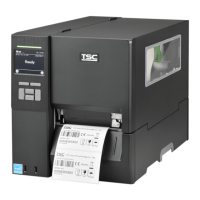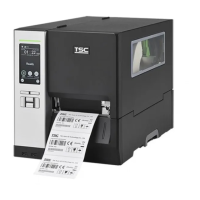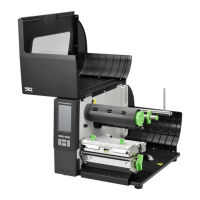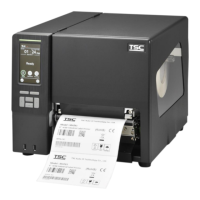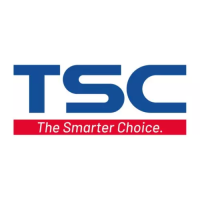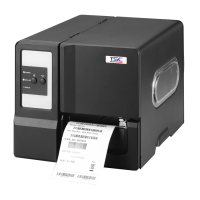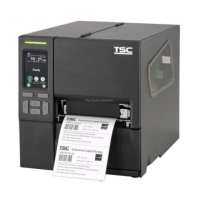Why TSC Barcode Reader power indicator does not illuminate?
- CChristine AcostaSep 4, 2025
If the power indicator on your TSC Barcode Reader does not illuminate, it could be due to a couple of reasons. Check if the power cord is properly connected to both the printer and the outlet, and plug it in securely. Also, make sure the power switch is turned on.


